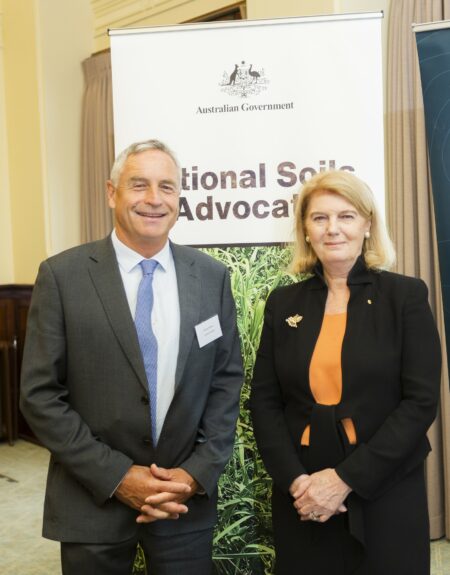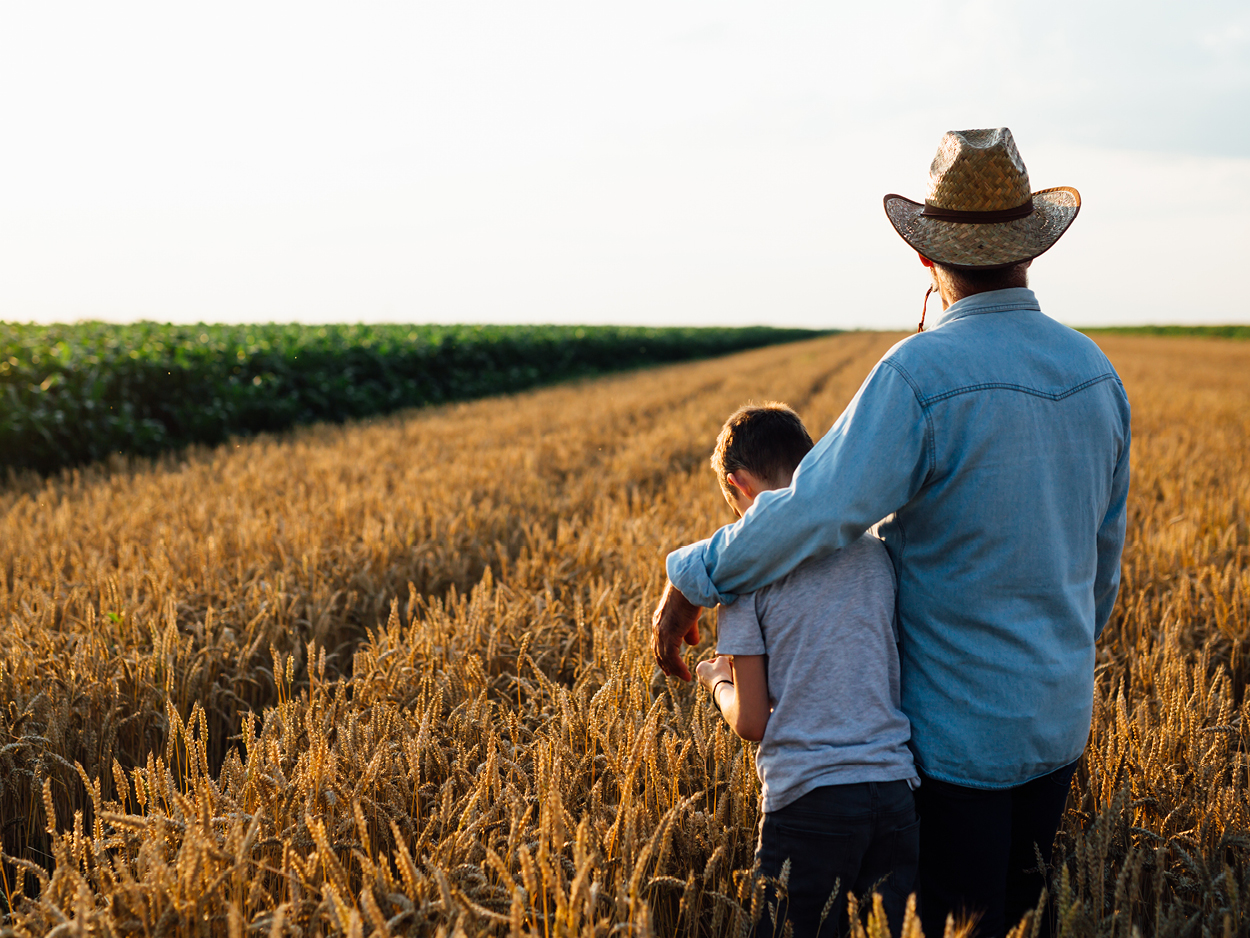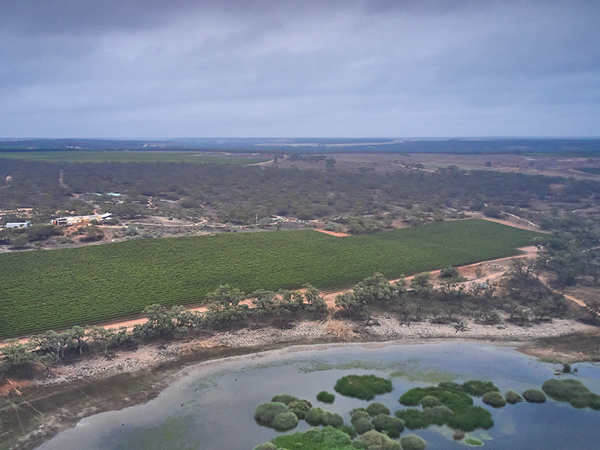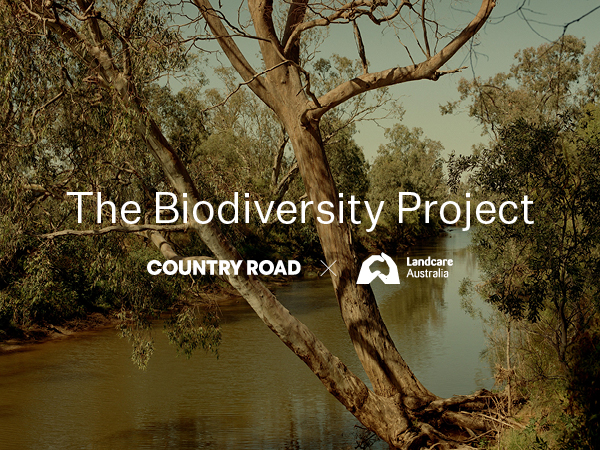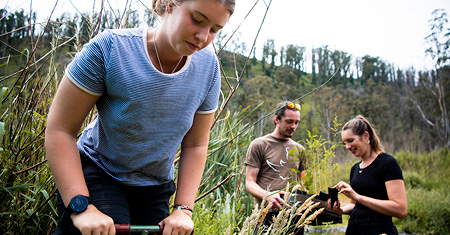
Tuesday 27 April 2021: Landcare Australia is inviting nominations for the 2021 State and Territory Landcare Awards which recognises individuals and community groups across the country for their outstanding contributions to preserving the unique Australian landscape.
Landcare is a grassroots movement of groups and individuals across Australia with a shared vision to protect, enhance or restore the natural environment in their local community through sustainable land management and conservation activities. Landcare enables people to actively care for the natural environment in their community and the Landcare Awards support the sharing of knowledge and achievements while promoting leadership and resilience in communities.
Faced with the devastation of the Black Summer bushfires, the impact of the drought and floods, and the COVID-19 pandemic, Landcarers across the country have rallied in the wake of unparalleled challenges. Landcarers have been locally active rebuilding communities with on-ground projects including habitat restoration for threatened species, bushland regeneration, wellbeing and mental health activities, as well as engaging volunteers who want to contribute.
The 2021 State and Territory Landcare Awards is an opportunity to celebrate and honour Landcare champions from urban and rural communities excelling in sustainable agricultural practices, environmental protection, conservation of land and waterways, coastlines and biodiversity.
Federal Minister for Agriculture, Drought and Emergency Management David Littleproud said the Landcare Awards program was an opportunity to recognise the volunteers and groups making a difference.
“Our farmers have such a strong spirit of ingenuity and a commitment to continually adapting and improving their land management practices,” Minister Littleproud.
“Landcare supports the adoption of sustainable agriculture practices that will deliver a more productive and profitable agriculture industry.
“All Landcarers should be incredibly proud of the impact they have made in protecting the natural resources in their communities during these testing times and I look forward to celebrating their inspiring resilience at the 2021 State and Territory Landcare Awards.”
Landcare Australia CEO Shane Norrish says the Landcare Awards are an opportunity to celebrate the achievements of those leading the wider community to engage and participate in managing the environment and natural resources in their local area.
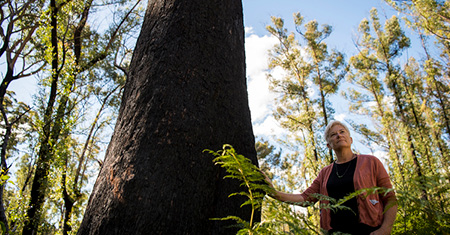
“Volunteers play a vital role in restoring and maintaining our environment at a local level, and the prestigious Landcare Awards are a terrific opportunity to acknowledge their efforts and celebrate their achievements. The Landcare Awards program is an opportunity to recognise not only the volunteers and groups making a real difference, but highlight the crucial role Landcare plays in the Australian community.”
“Recognising and celebrating the farmers, land managers and volunteers at the 2021 State and Territory Landcare Awards and honouring a united grassroots movement who collectively withstood extremely difficult times, will be all the more special at this year’s events.”
Landcare Australia encourages nominations from groups, networks, organisations and individuals involved in protecting and improving their local environment. They include:
- Sustainable farmers and farming systems groups
- Indigenous land and sea managers
- Landcare networks, groups and individuals, landcare facilitators
- Urban landcare groups including ‘Friends of’ and bushcare groups
- Coastcare, Rivercare, Dunecare groups and individuals
- Environmental community groups
- Natural resource management agencies and local government and research agencies
- Agricultural co-operatives, industry associations, suppliers or individual primary producers
- Junior Landcare (including day care centres, primary and secondary schools), youth groups including Scouts and Girls Guides.
Winners from the 2021 State and Territory Landcare Awards will go forward to the 2022 National Landcare Awards to be held during the 2022 National Landcare Conference. The National Landcare Awards ceremony also includes the presentation of the Bob Hawke Landcare Award and the General Jeffery Soil Health Award sponsored by the Australian Government.
Eight national award categories are now open for nominations:
- Australian Government Individual Landcarer Award
- Australian Government Partnerships for Landcare Award
- Australian Government Landcare Farming Award
- Coastcare Award
- Landcare Community Group Award
- Woolworths Junior Landcare Team Award
- KPMG Indigenous Land Management Award
- Young Landcare Leadership Award
For more information please visit http://landcareaustralia.org.au/landcare-awards-2021/


